Regional Content helps brands penetrate, communicate & grow
Media Echo Systems: The Walls Fall Down, a KPMG study released in September 2018 indicates that a key chunk of digital growth is coming from rural and regional markets as the gap between affordability and accessibility is closing. Time spent on digital (read mobile) is also increasing. The report also states that spends on mobile are increasing as it is at the center of digital ecosystem.
It is not only the sheer numbers but also the consumer connect that happen when talking to consumers in their own language, that is giving boost to regional content on mobile. Kranti Gada, COO, Shemaroo Entertainment expresses, “Approaching consumers in their own language not just helps brands make an emotional connect with them but also helps understand their needs better. These days consumers expect brands to communicate in their language, it gives them confidence that you know something about them and their business. Additionally, it will give you an advantage over your competition who don’t speak the consumers’ language – everything else being equal.”
Speaking the language of consumers is hence critical. Global studies have also proven that consumers respond the best (more so on mobile) when spoken to in their own language. One of the key reasons it is attributed to is that they connect to their personal memories in their own language far better than they do in English. It is perhaps truer of consumers in smaller towns where though children are taught in English, language spoken at home is largely their mother tongue. A large part of India, hence, grows up thinking in English and emotionally connecting in their mother tongue. Gada says, “Preference of Indian consumers towards vernacular and regional language content is constantly on the upswing, with 93% of the time spent on videos in Hindi and other regional languages. Therefore, content providers need to up their game and look at aggregating/ producing vernacular content to capture the next set of audiences. With massive growth of internet users in smaller towns and villages, the digital content offering would become more massy, mirroring Television, to suits the needs of this large target segment.”
Our other respondents too agree. Rohan Chincholi, Head of Media and Business Head - Mumbai and Bangalore, Havas Media India states, “New content consumers and creators are both being added every month. As per a report by TRAI, March 2017, BCG CCI Digital Influence Study, 2017 >50% of India’s internet growth in next 3-4 years is expected to come from rural India. If brands want to reach out to these audiences, what better way than regional content? In 2017, Hindi and regional languages comprised more than 90% of popular videos watched online according to an Industry report.”
Does it then indicate that brands are now not only rethinking their strategy as to the media platforms they want to be on, but also the language that they want to connect with consumers in? Jagdeep Kapoor, MD , Samsika Marketing Consultants states, “Purchasing power is not less in rural areas and smaller towns, and there is increased evidence that mobile as a medium is looked up to there as it satiates their needs and fulfils their desires.” As to which product categories would benefit from being on regional mobile communication, Kapoor says, “All categories will benefit - FMCG, consumer durables, services, entertainment, construction, garments, healthcare.... you name it. Whether it be Arah, Buxar, Gaya in Bihar or Taran Taran, Batala, Muktsar in Punjab. Whether it be Dahod in Gujarat or Dindigul in Tamil Nadu. Out of 8100 towns in India, most are in this category. Penetrate, Communicate and Grow!”
OTT platforms and content providers too are rapidly adopting a mobile-first strategy and increasing their regional language offerings. Gada expresses, “Being a major content provider and having invested heavily in the category, we have successfully established ourselves as a leader in the regional space. We see potential in some of our diverse offerings – Marathi, Gujarati, Punjabi and are sure that with the growing internet consumption pattern in small markets we are set to grow manifold.”
This is what the brands would really look for, and as the content in regional languages gets enhanced, it would lead to higher consumer engagement as well as more inventories. Mayoori Kango, Managing Director, Performix.Resultrix comments, “As more inventory becomes available in regional languages online it might make better sense for some advertisers to move those monies on regional digital players. Some of it might come from traditional print and some from regional TV channels.”
Mobile being a personal medium, the power of regional language content would be further enhanced. With a mobile-first country, would we also become a regional language communication first country? Would it lead to increased ad spends targeted at smaller towns and cities? Which, in turn, would mean brands’ cash registers ringing better? Questions abound. We would seek answers to these and more at TMMS 2018.


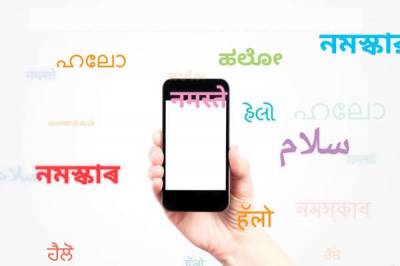


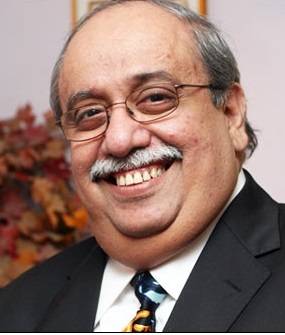



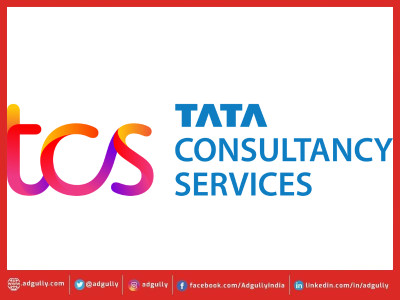

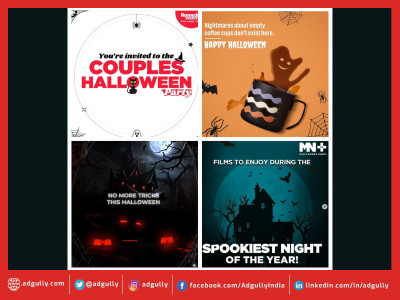
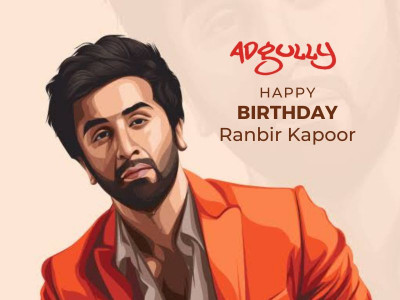







Share
Facebook
YouTube
Tweet
Twitter
LinkedIn